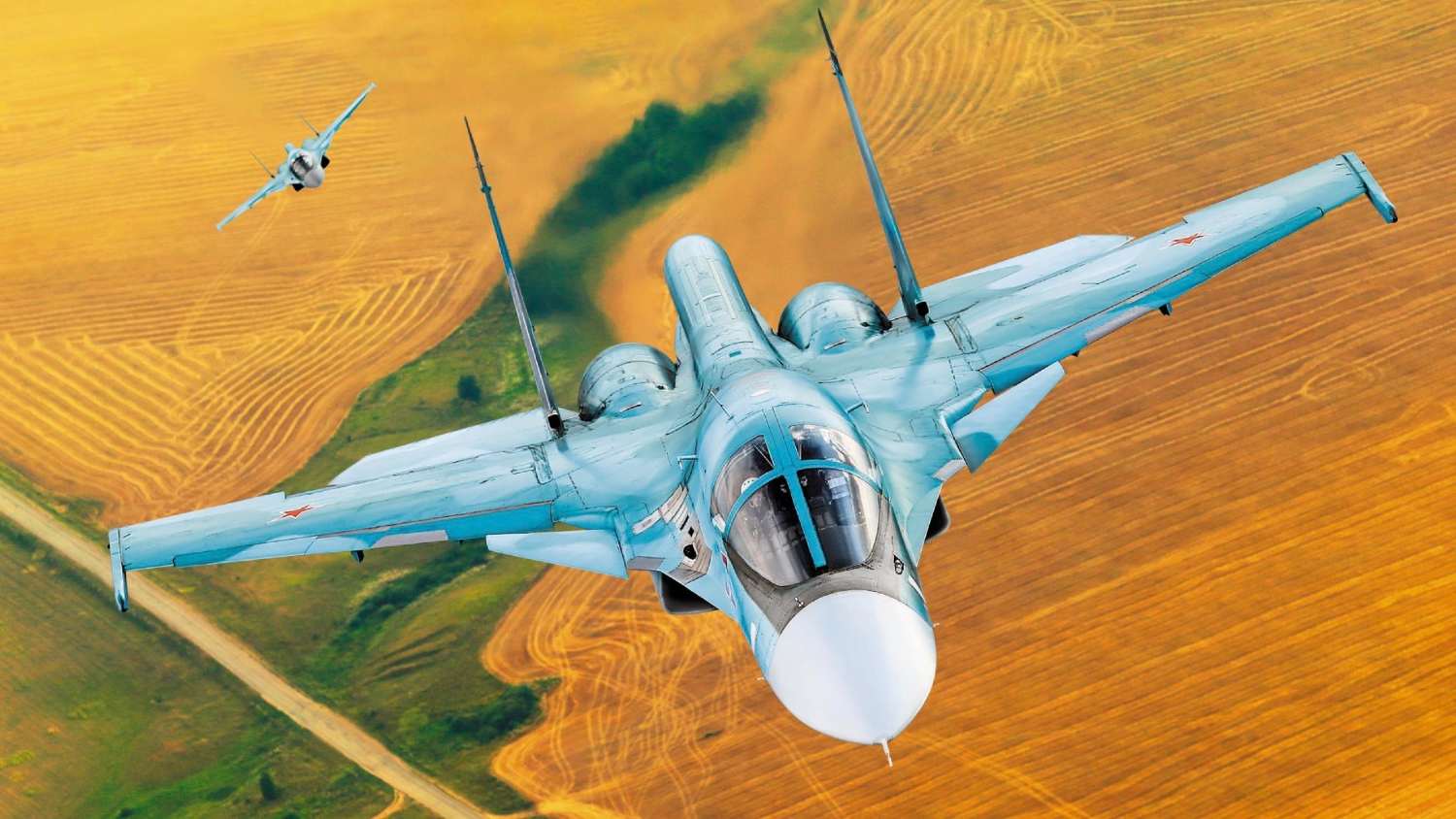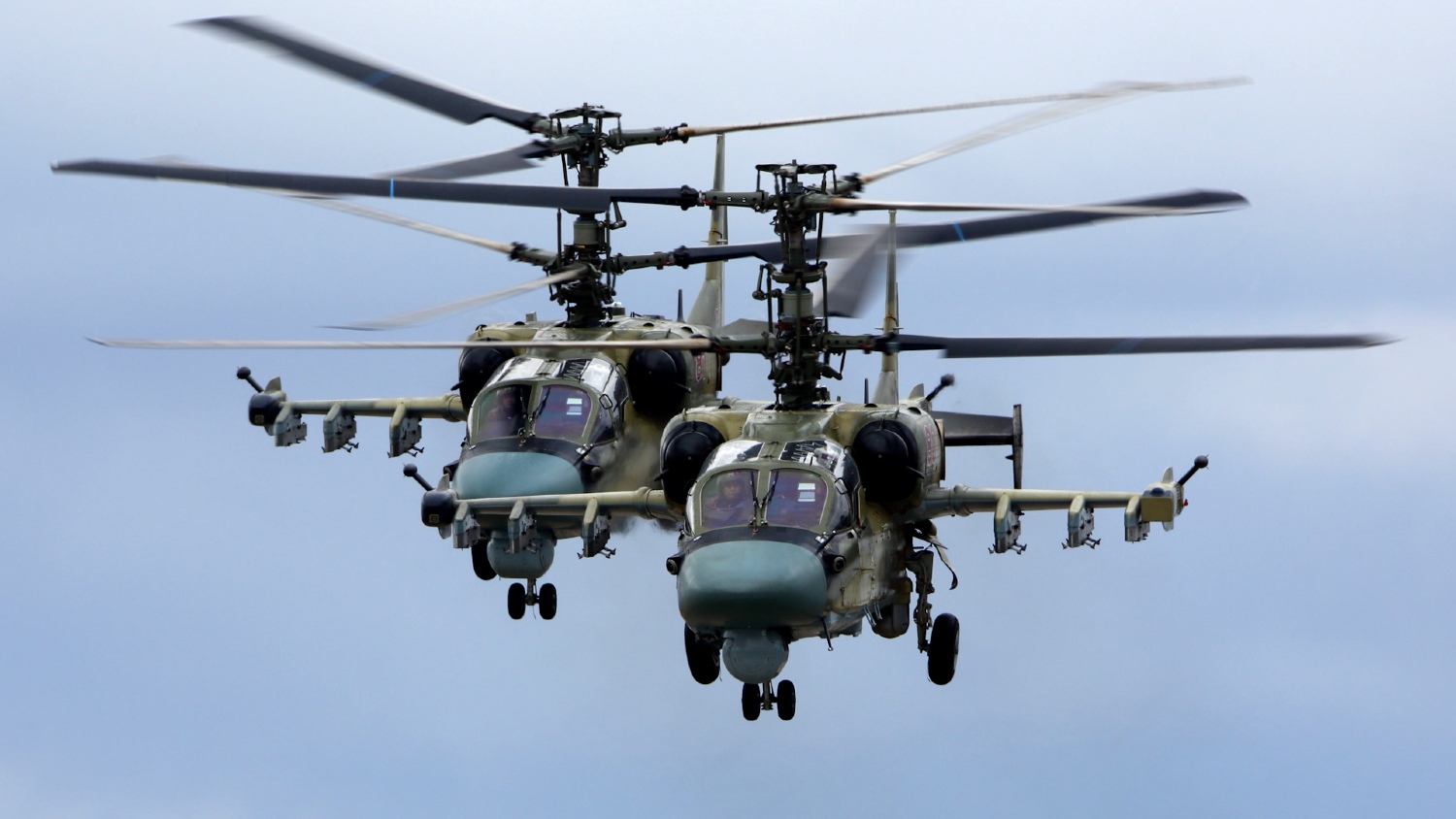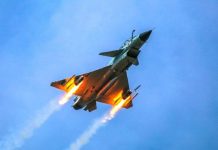In what could be yet another criticism of the Russian Air Force, a new intelligence update published by the UK Ministry of Defense (MoD) says that the service has deployed significant resources to support ground operations but has not achieved a breakthrough.
Published by the UK MoD on August 7, the update read, “The Russian Air Force continues to consistently deploy considerable resources in support of land operations in Ukraine but without decisive operational effect.”
The update further delves into details by noting that throughout the summer, Russian tactical combat aircraft have routinely flown more than 100 sorties daily. However, due to the threat posed by Ukrainian air defenses, these are virtually always limited to operations over Russian-controlled territory, not the saturated Ukrainian airspace.
The British MoD intelligence suggests that “Russia has attempted to overcome this issue by increasingly using basic free-fall bombs with range-extending glide attachments. Aircraft can release these many kilometers from their targets, but they have yet to demonstrate consistent accuracy.”
As intriguing as the intelligence update is, EurAsian Times decided to decode and break down the developments on the battlefield to make better sense of the British claims, which are regularly refuted by the Russian military and pro-Russian analysts on social media.
Latest Defence Intelligence update on the situation in Ukraine – 07 August 2023.
Find out more about Defence Intelligence's use of language: https://t.co/9fD0Axaaaf
🇺🇦 #StandWithUkraine 🇺🇦 pic.twitter.com/ny7zQjiuMP
— Ministry of Defence 🇬🇧 (@DefenceHQ) August 7, 2023
Russia Firing From Within Its Airspace
Although the intelligence update is published regularly, this one is particularly significant after a massive Russian missile strike on Starokonstantinov Air Base near Starokostiantyniv, Khmelnytskyi Oblast.
The airbase was targeted as it hosts the 7th Tactical Aviation Brigade flying Sukhoi Su-24M and Sukhoi Su-24MR, carriers of the long-range Storm Shadow missile.
As recently noted by EurAsian Times, this attack was carried out in three different waves. The first wave comprised cruise missiles launched by Tu-95MS bombers and ballistic missiles. The second wave comprised cruise missiles and Geran-2 drones, and the final wave comprised Kh-101 long-range stealth cruise missiles.
All of these attacks, however, were carried from within Russian airspace, as has been typical of all Russian air attacks in recent months. With Ukraine deploying a host of air defense systems close to the border, Moscow’s Air Force started firing long-range missiles and glide bombs to prevent their combat aircraft from being shot down.
The Russian Air Force has extensively deployed its Su-25 Flanker-E and Su-34 Fullback combat jets along the periphery to carry out attacks inside Ukraine with long-range missiles like the RM-37 Vympel on targets inside Ukraine.
Besides that, Tu-95 and Tu-160 strategic bombers have been deployed to carry out conventional stand-off attacks on Ukraine from Russian airspace. The Tu-160 can carry up to 12 Kh-55 series cruise missiles or an equal number of the more modern Kh-101/102 variants.
The Tu-95MS can carry eight Kh-101/102s or 16 Kh-55s. The recent attack on the Starokonstantinov Air Base vindicates that.
While the UK intelligence update mentions that Russian Air Force has deployed tactical combat aircraft, which are undertaking 100 sorties a day, it stops short of mentioning the aircraft.
Indian Air Force veteran and military expert Squadron Leader Vijainder K. Thakur (Retd) told EurAsian Times, “The Russians have been deploying the Su-34 for precision attacks and the Su-25 to carry out non-precision attacks. Both are deployed extensively, but their targets are different.”

Mocking the British assertion that the Russian tactical combat aircraft are forced to operate from their airspace, Thakur said, “All combat aircraft pilots fear getting shot down. They operate to destroy the enemy, not get shot down. Warfighting is not cheap Thrills! If they can accomplish their task staying well within their airspace, whistling tunes, why would they want to enter Ukrainian space and risk being shot down?”
This also brings us to the next pointer on British intelligence related to the use of glide bombs. It said, “Russia has attempted to overcome this issue by increasingly using basic free-fall bombs with range-extending glide attachments. Aircraft can release these many kilometers from their targets, but they have yet to demonstrate consistent accuracy.”
This is perhaps a result of Ukraine moving its air defenses closer to the frontlines and a noticeable shift to more advanced air defense systems received from the West. Moreover, except for the furthest firing air defense systems in Ukrainian inventories, the Russian fighter jets are typically able to stay out of the range of most Ukrainian Surface-to-Air Missiles (SAM) as they fire these glide bombs.
It has previously been noted that these glide bombs have their shortcomings. The bombing runs from 20 miles or more and can only be effective against pre-sighted targets. Before attack pilots take flight, satellites, drones, or forward observers find targets and send their coordinates to the attackers. Additionally, glide-bombing isn’t very efficient against fresh or moving targets.
However, it does allow the Russian fighter pilots to stay out of the way of danger. Russians have already lost several expensive and cutting-edge aircraft in more than 17 months of combat. The alternative to these glide bombs, however, is dropping precision bombs flying low and close to the frontlines.
“Why don’t Israeli pilots fly over Syria?” asked Thakur in response to the British assertion. “They release their weapons from within Lebanese airspace because they value human life. Because they do not want their pilots to be shot down and be captured by the enemy.”
Next, and nonetheless significant, is the update on the deployment and utility of the Ka-52 Alligator attack helicopters along the frontlines.
Fewer Alligators On The Frontlines?
When Ukraine launched a counter-offensive in June, a well-planned minefield, Russian remote mining equipment, and the usage of the Kamov Ka-52 Alligator attack chopper were among the unpleasant surprises the Ukrainian forces encountered.
The Alligators have been known to be expertly disabling advancing Ukrainian armor day and night in every kind of weather, as seen in several films broadcast on social media daily.
They are covered by Ukrainian fighter strikes by Russian Aerospace Forces (RuAF) Su-35S and Su-30MS jets, equipped with long-range RVV-BD missiles, and continuously patrol the front lines of conflict. They operate safely from locations outside the MANPAD range of advancing Ukrainian columns.
Ukrainian officials, who often deny such things, have been obliged to express concerns about the Ka-52’s lethality due to the burned-out wreckages of their armored vehicles all over the battlefield.

However, British intelligence paints a different picture now. It said, “At the start of Ukraine’s southern counter-offensive from June 2023, Russian attack helicopters proved effective. However, in recent weeks Russia appears to have been less able to generate effective tactical airpower in the south.”
The updates coincide with the 47th Mechanised Brigade of the Armed Forces of Ukraine shooting down a Russian Ka-52 helicopter with a man-portable air defense system near Robotyne, Zaporizhzhia Oblast.
Responding to the British assertion, Thakur told EurAsian Times, “This is because the West has supplied them with many air defense systems. Ukrainian forces are moving their AD systems closer to the battlefront, pushing the Russian helicopters back. More Ukrainian AD systems are getting destroyed by Russian drones, but then Ukraine has an unlimited supply from Western nations.”
When asked whether the tactical combat jets supported ground operations, just like the Ka-52 was expected to do, Thakur said, “Yes. All airborne jets are, directly or indirectly, supporting ground ops. Including Su-35.”
However, on being asked whether the drawing down of the Ka-52 attack helicopters could have been a reason for the Russians conducting over 100 sorties a day with their tactical combat aircraft, Thakur’s response was a firm “no.”
- Contact the author at sakshi.tiwari9555 (at) gmail.com
- Follow EurAsian Times on Google News




